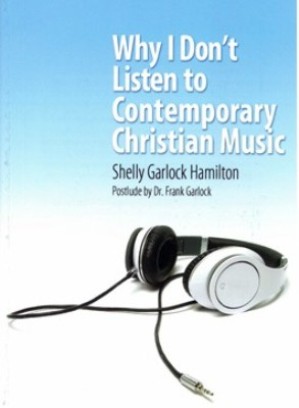In preparation for teaching a Sunday school class in June and July, I have been studying extensively Genesis 1-4 and the Book of Revelation, especially about what both of these key parts of Scripture teach about creation, fall, and redemption. Here are 21 preliminary observations that I have made from my study on teaching about redemption in Genesis 1-4 and Revelation.
Redemption promised (implicit in Gen. 3:15)
Redemption pictured (Gen. 3:21)
Redemption as a vital basis for the Lamb being extolled (Rev. 5)
The work of the Lamb in providing redemption for the saints can only be fully extolled through singing that is instrumentally accompanied (Rev. 5:8).
The extolling of the Lamb stems from His work of redemption, but redemption is not the actual subject of this heavenly new song—the song is about the Lamb’s worthiness to execute the upcoming end-time judgments for God: “Worthy are You to take the book and to break its seals . . .” (Rev. 5:9).
Redemption of the saints is the central basis for the Lamb’s worthiness to take the Book out of the Father’s hand and to break its seals (Rev. 5:9).
Redemption required that the Lamb be slain (Rev. 5:9).
The Lamb redeemed the saints by purchasing them with His blood (Rev. 5:9).
The Lamb redeemed the saints for God (Rev. 5:9).
Redemption of the saints has as one of its chief goals that the saints would become a kingdom and priests to their God and would reign on the earth (Rev. 5:10)—they will yet participate vitally in fulfilling the dominion mandate that was given originally to Adam and Eve (Gen. 1:26-28).
Redemption has as its objects people from every tribe, tongue, people, and nation (Rev. 5:9; cf. 7:9).
Redemption is celebrated not just by the saints but also by angelic creatures (Rev. 5:8, 11, 13).
The slaying of the Lamb was not solely for the sake of redeeming humans—He was slain so that He Himself would be worthy of universal exaltation (Rev. 5:11-14).
Redemption is a vital aspect of the eternal glory and worship that the Father and the Lamb will receive from every created being, but it is not the exclusive basis for their being glorified and worshiped eternally. Both the Father and the Lamb will be eternally glorified also for their righteous judging of wicked humans and spirits (cf. Rev. 14:7; 19:1-6).
Revelation 6-22 fills out what Revelation 5 stresses—the Father and the Lamb will be eternally glorified and worshiped through the Lamb’s rendering judgment for God both temporally and eternally and on both humans and on angelic beings (cf. Rev. 14:10-11). The eternal judgment of wicked angelic beings is not subsumable under the rubric of the redemption of human beings because God would have punished these evil spirits even if man had never fallen (cf. Matt. 25:41).
Revelation gloriously presents the ultimate fulfillment of how the Seed of the Woman will crush the Serpent’s head (Gen. 3:15) fully and permanently (Rev. 20:10).
The Lamb’s work of redemption includes His purchasing 144,000 Israelites (Rev. 14:3). For His accomplishing this work, He will again be extolled in heavenly singing that will be accompanied instrumentally (Rev. 14:2-3).
The Israelites whom He redeems will be first fruits to God and to the Lamb (Rev. 14:4), which indicates that there will be many more who will subsequently be redeemed.
Those who are redeemed are of excellent moral character (Rev. 14:4-5), and they unfailingly follow the Lamb (Rev. 14:4c). We who have been redeemed in our day need to be and do the same.
We must worship God as Scripture reveals He is to be worshiped—God is to be worshiped, especially in song, not just as Creator (Rev. 4:9-11) and Redeemer (Rev. 5:9-10; 14:2-3) but also as Judge (Rev. 5;14:7; 15:2-5; 19:1-6).
An overemphasis on the glory of the Lamb as the Redeemer does not give Him the full glory that God demands that He be given (cf. John 5:22-23).
Copyright © 2011-2025 by Rajesh Gandhi. All rights reserved.








